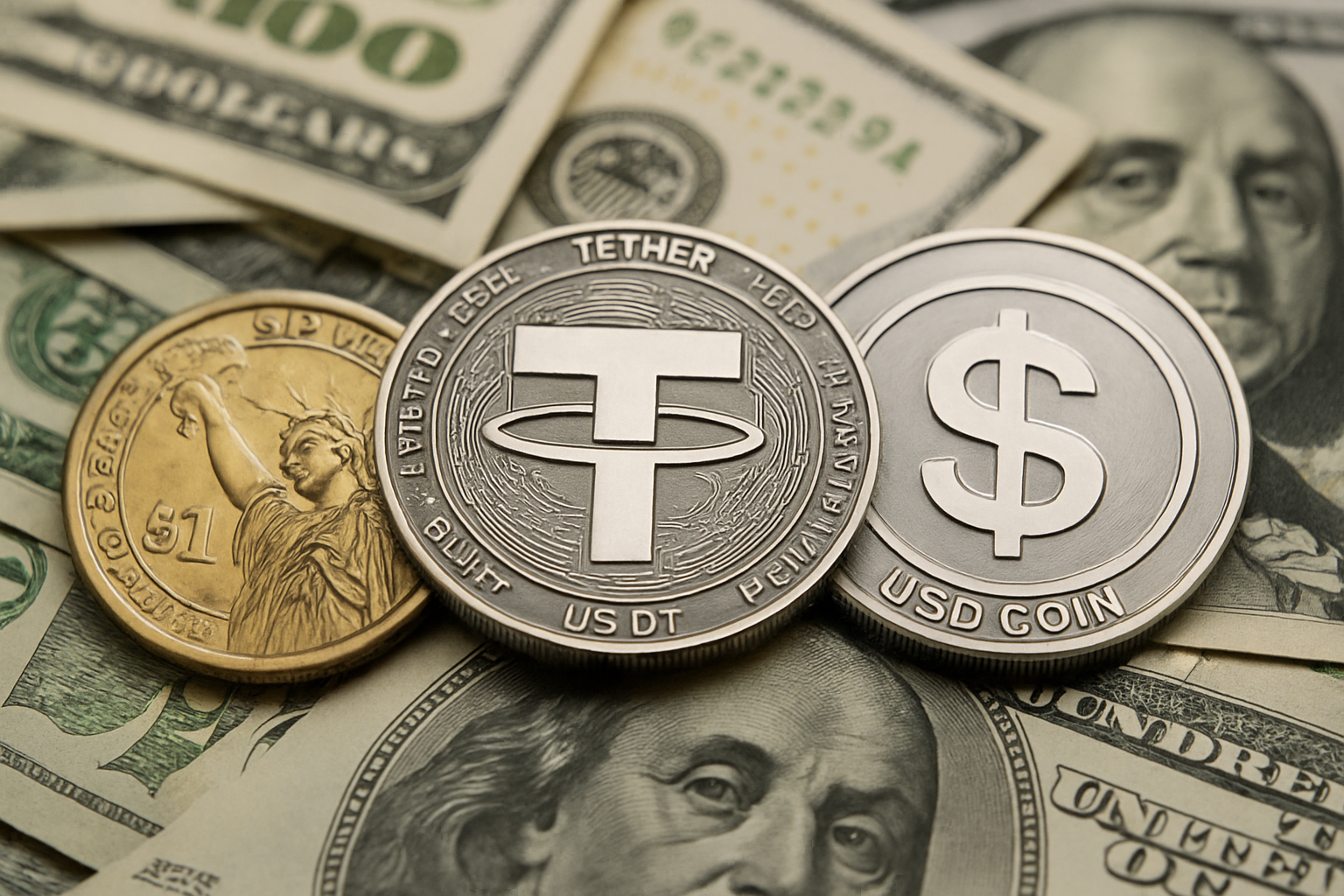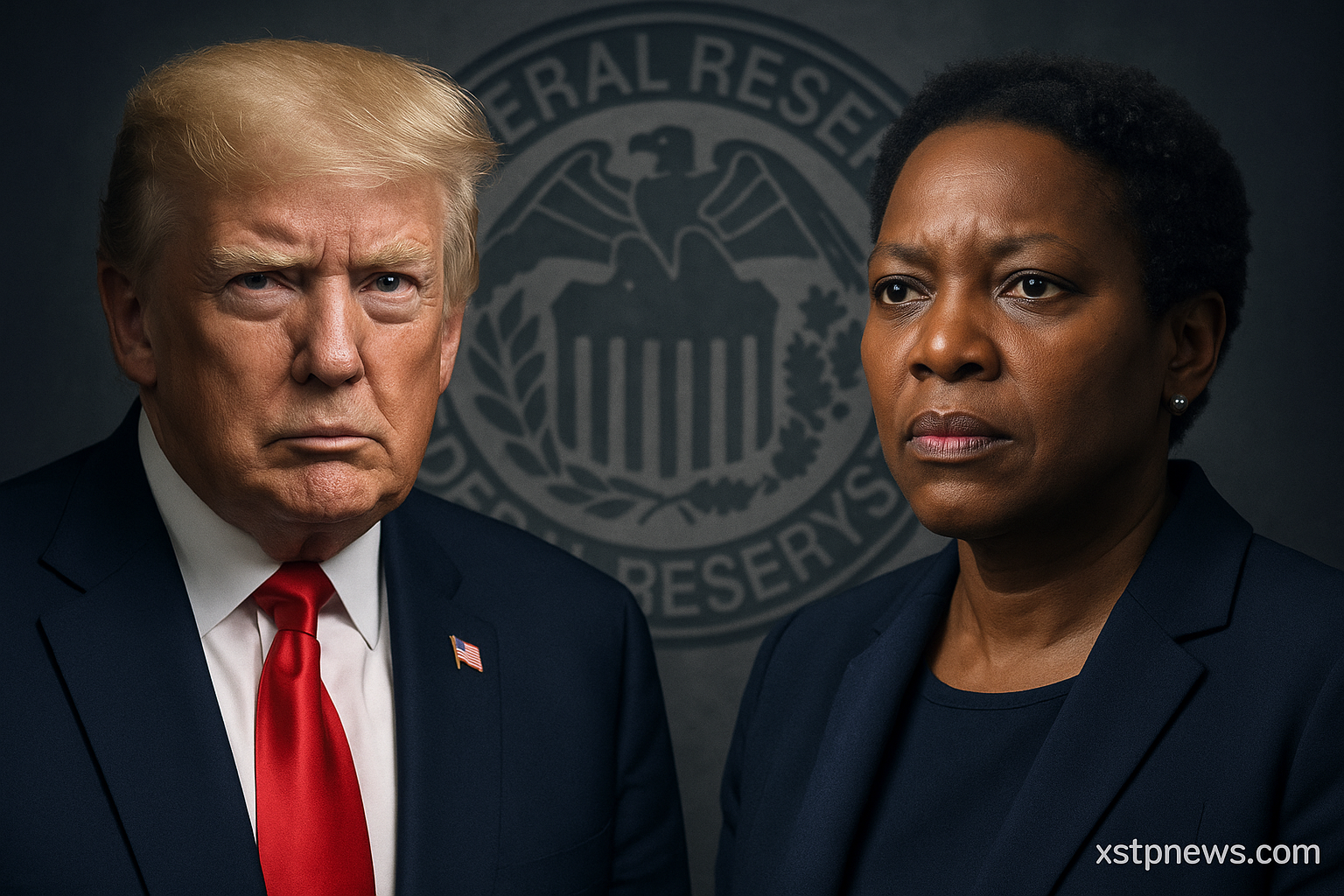For the first time on record, stablecoins account for more than 1% of the total US M2 money supply, highlighting just how deeply digital assets have become embedded in global financial systems. Recent data shows the combined supply of stablecoins has surpassed this threshold, a symbolic milestone that underscores the growing link between crypto and traditional money circulation.
What the Numbers Reveal
The US M2 money supply, which tracks cash, checking, and easily convertible near-money, stands around $21 trillion. Meanwhile, the supply of stablecoins like USDT, USDC and DAI has climbed steadily to exceed $200 billion, pushing their share past the 1% mark. While still small in absolute terms, this crossover shows that stablecoins are no longer a side experiment but an integral part of how liquidity moves through global markets.
Why It Matters for Crypto and Beyond
This development signals a structural shift. Stablecoins are increasingly used not just for crypto trading but also for cross-border payments, DeFi protocols, and emerging settlement systems. As they represent a larger share of dollar-like liquidity, questions around regulation, transparency and systemic impact will only intensify. Could stablecoins eventually rival parts of the traditional banking system, or will tighter oversight limit their future role?







